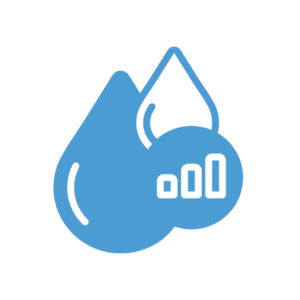This is the third post in a three-part blog series on data management. This post will focus on user-centered design of Environmental Finance Center tools.
Post by Julia Cavalier, Senior Research Specialist at UNC EFC and Robin Haley, Graduate Research Assistant at UNC EFC
As mentioned in the first and second part of this blog series, If you build the data platform, will they come? and Behind the Scenes of the Revenueshed Tool, the Environmental Finance Center (the EFC) project designers have to know the users, identify purpose of the project goal, and collect the data that exists to support this goal. With this comes documentation of the project, because without context it will be difficult to replicate actions and hard to understand from a user’s perspective. The EFC is revising some existing tools. The first step in revision is to understand and document how tools are used. The second step in revision is to set goals for what new tools should do. The goals will become the foundation of tool redesign.
Which EFC tools are being redesigned?
The EFC is redesigning the following tools:
- Water and Wastewater Rates Affordability Assessment Tool (the “Affordability Tool”). This tool shows the impact of rates on different customers. It looks not just at median household income but also other impacts on affordability like poverty rate.
- Financial Health Checkup Tool. This tool gathers input from five years of utility financial data and shows how key financial indicators compare to benchmarks.
- Rates Analysis Model. This tool lets a utility explore different rate changes – what would happen if I increased rates, added blocks, or changed the base or volumetric charges within some blocks?




